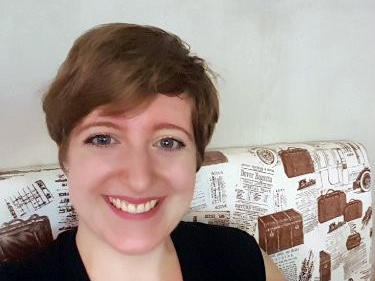Harness your creativity in three simple steps
The client feedback I’m most proud of had little to do with what we actually did. It was about how we did it.
The impact we achieved came from a union of creativity and commercial intelligence.
At Incite, this thinking is present in all we do. We don’t accept a brief as is, we question the question we’re given. In doing so we gain important business context allowing us to harness our intelligence and creativity in the right way, ensuring everything we do makes an impact.
Creativity can’t be reduced to one fixed formula. But as John Cleese attests to in his book: Creativity, a short and cheerful guide – anyone can be creative. Below are three of the things which we deploy at Incite to achieve this.
1 / Make time for creativity
“Put simply, you can’t ask your unconscious a question, and expect a direct answer—a neat, tidy little verbal message.” John Cleese – Creativity, a short and cheerful guide
Creativity requires time. You need time to live with a problem before arriving at a creative solution. Your mind needs to wander, to make connections and harness inspiration. You won’t be at your most creative if you’re checking emails every three minutes. Instead, try carving out dedicated time for de-focussed attention, this will help you to start thinking about things differently.
2 / Have fun with creativity
“The creative adult is the child who survived.” Ursula Leguin
There’s a reason why creative organisations have pool tables. We’re at our best when we’re at our most playful. Dopamine is fuel for the creativity fire. The best ideas come to us when we’re relaxed, engaged and enjoying ourselves. If we want to achieve great creativity, we need to embrace the light-hearted, playfulness in ourselves. Key to this is letting go of the temptation to self-censor and critique. Give yourself permission to have fun and don’t talk yourself out of something before it has time to develop into something.
3 / Fly solo to enhance your creativity
“Once the miracle of creation has taken place, the group can build and extend it, but the group never invents anything.” John Steinbeck – How not to plan, 66 ways to screw it up
As a qualitative expert I bristle when I hear people equating idea generation with group-work, or worse consumer co-creation. A collection of people will generate ideas, but in truth they are rarely good or creative. The same is true for us client and agency-side researchers. Can you recall a brainstorming session where a collective hit on something truly inspired? I can’t. That’s not to say there isn’t value in coming together to stretch and stress-test thinking. Absolutely that is a practice which allows creativity to thrive. But for that initial creative spark, people need to spend time with their own ideas, living with them, playing with them. Only then can they harness the power of the collective.
In truth, there are different ways to arrive at great creativity. But as researchers we must not overlook its value. Our job goes beyond uncovering and reporting findings. It’s about landing with an impact which incites action. You can unlock amazing opportunities if you take the time to find and grow that intangible spark of creativity that makes your client say, “Wow, I’ve never seen anything generate this kind of momentum!”.





